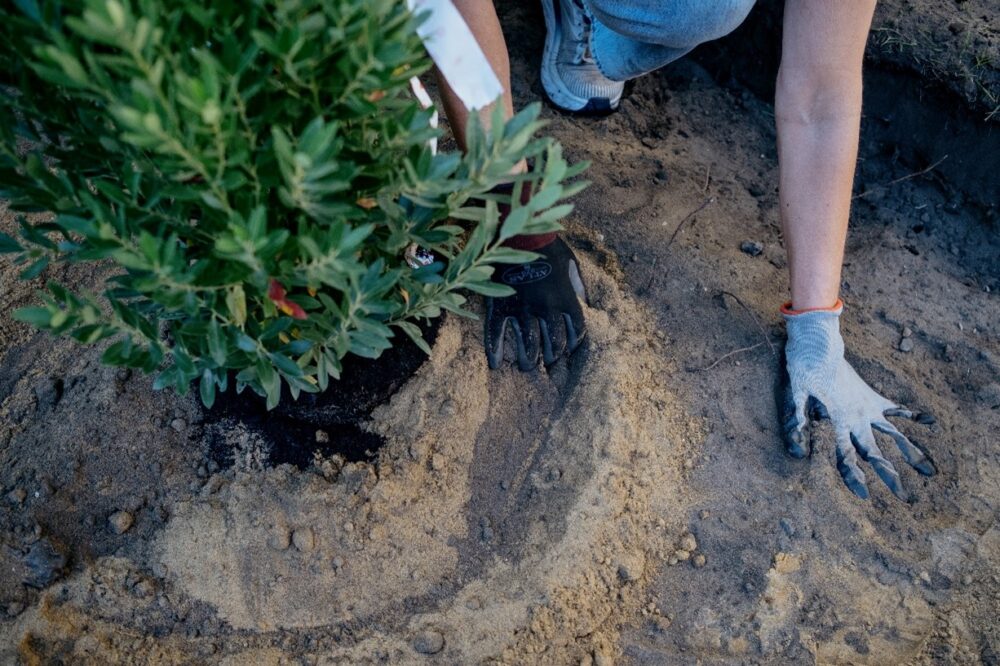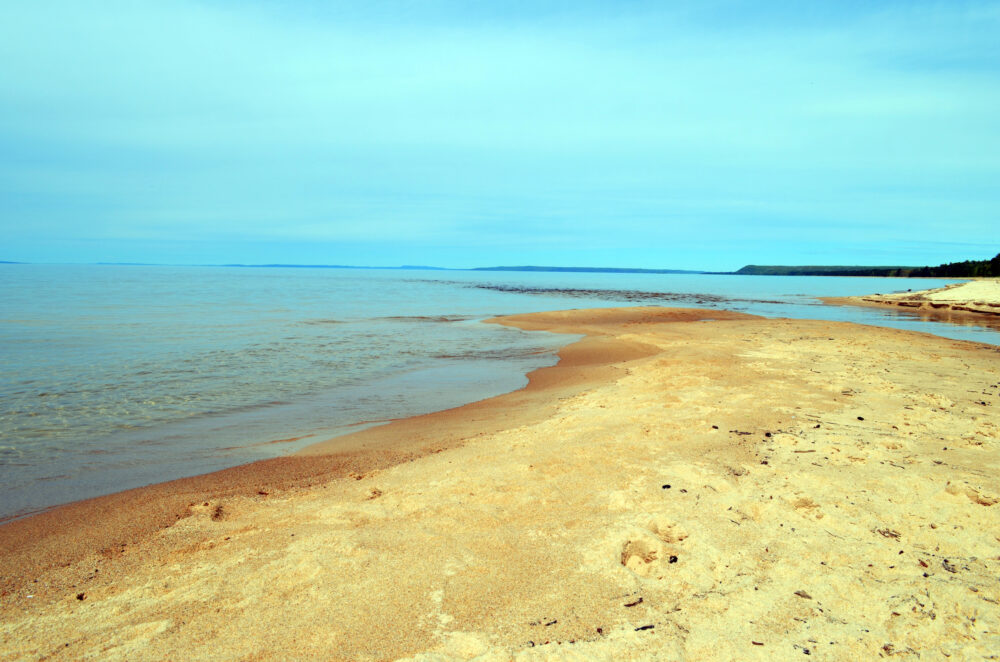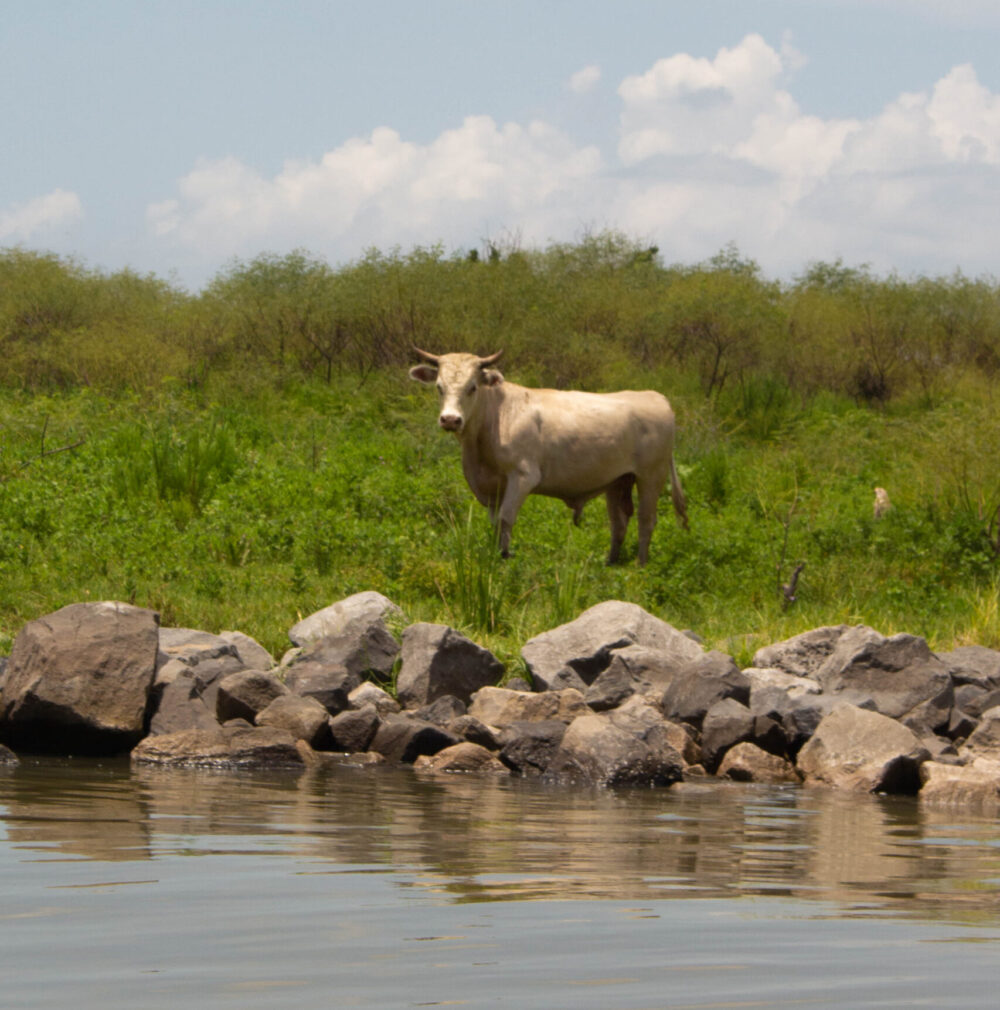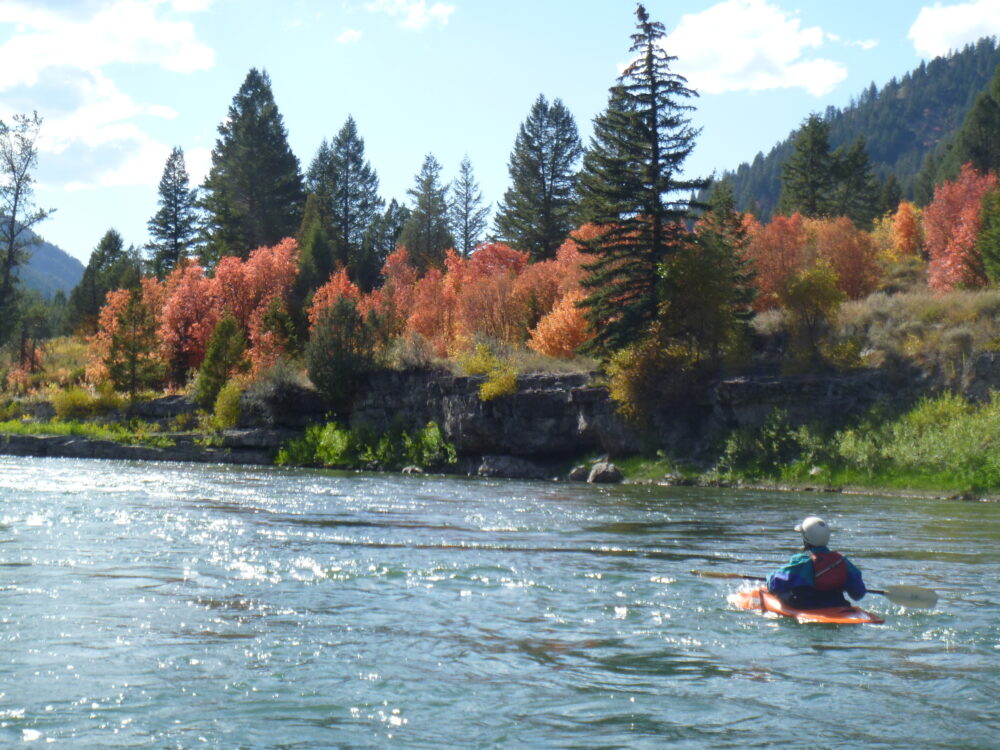We have much more to do and your continued support is needed now more than ever.
Buffalo Offer Unity and Healing
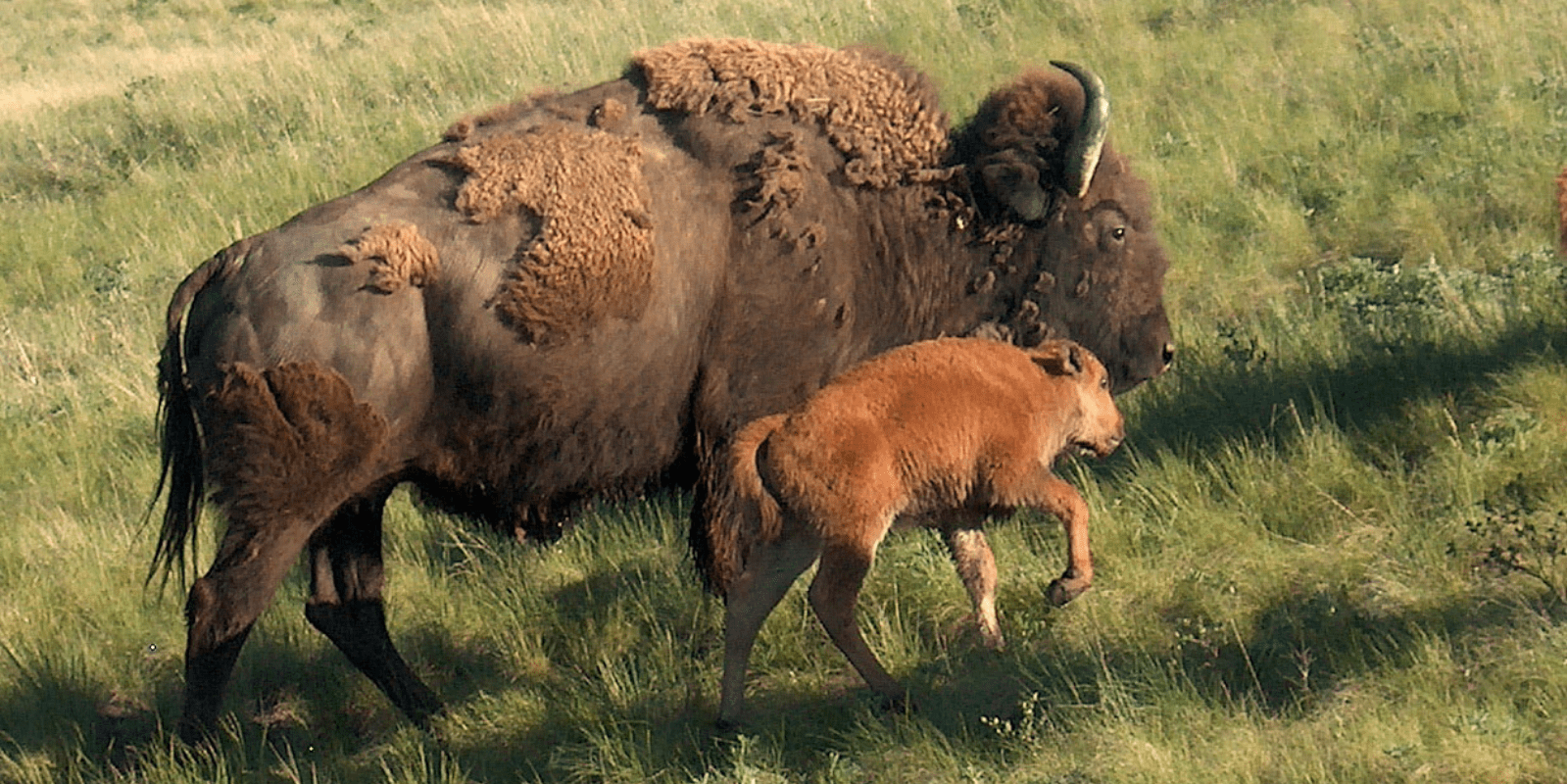
The birth of every buffalo calf on tribal land marks a cultural and spiritual victory that gives tribal members hope. As each calf struggles to stand and walk, the hearts of tribal members celebrate their own survival, the strength of their community, and their dreams of opportunity for future generations.
At the first Tribal Buffalo Conservation Summit in Denver at the beginning of November – Native American Heritage Month – representatives from dozens of Native American nations in 10 states gathered to share their experiences in bringing buffalo back to their tribal lands and to help other tribes start buffalo herds. The gathering demonstrated the strong unity and commitment that are building around buffalo conservation and the partnerships that are necessary to achieve a shared tribal vision.
Speakers at the Summit recalled the tens of millions of buffalo that dominated the West for thousands of years, tilling the ground with their hooves to cultivate the rich and diverse grasslands that nourished hundreds of wildlife species. Buffalo also embody the power of community. In winter, buffalo gather together and stand shoulder-to-shoulder, facing winter storms to shield the rest of the herd from brutal blizzards.
At the Summit, the panels of tribal, conservation and wildlife experts faced into the challenges of buffalo conservation. Sharing their hard-learned lessons in moving herds, grazing requirements, water supplies, genetics, and a wealth of other information that will foster more successes. Tribal representatives also talked about how the return of buffalo is reviving ecosystems, nourishing the growth and return of native plants, birds and other wildlife to the prairies.
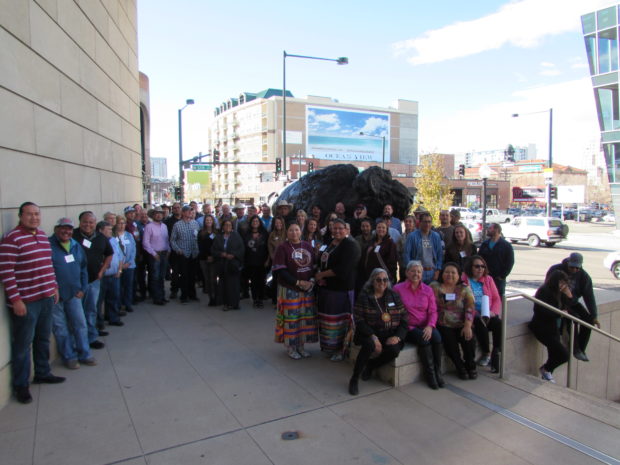
Cultural leaders explained how restoring buffalo to tribal lands also revive the traditions that were inspired by buffalo hunts where everyone in the tribe, from the very young to the elderly, had a role. All shared in the buffalo bounty that provided food, clothing, shelter, medicines, ceremonial items, tools and other necessities for life.
The summit, hosted by the Fort Peck and Fort Belknap Tribes, the Intertribal Buffalo Council, the National Wildlife Federation, Defenders of Wildlife, and World Wildlife Fund, brought together tribes that have led the way in buffalo conservation. In the past six years, many tribes have worked to restore hundreds of buffalo to tribal lands in Montana, Wyoming, and other parts of the West. At the summit, a collaborative vision emerged of restoring tens of thousands of buffalo to hundreds of thousands of acres of tribal land across the West in the decades ahead.
For the tribes, buffalo are far more than a western wildlife icon. The restoration of bison herds represents the rebirth of centuries-old tribal traditions that ensured survival and new opportunities to engage youth in raising buffalo to learn about their own culture. Bringing buffalo back also provides opportunities for creating jobs in rural areas, working with surrounding communities, and producing a healthy, organic food source.
The culmination of the Tribal Buffalo Conservation Summit was on November 3rd – National Bison Day – when folks gathered at the Rocky Mountain Arsenal, a national wildlife refuge NWF was instrumental in creating, to hear from tribal leaders and elders and to see the buffalo in person. With eagles circling overhead, we heard prayers, spoken word, drumming and song that celebrated buffalo’s place in this world and the need to restore this species, not just for conservation, but for cultural restoration, health and societal healing. An honor song celebrated tribal members for their contributions to restoring buffalo.
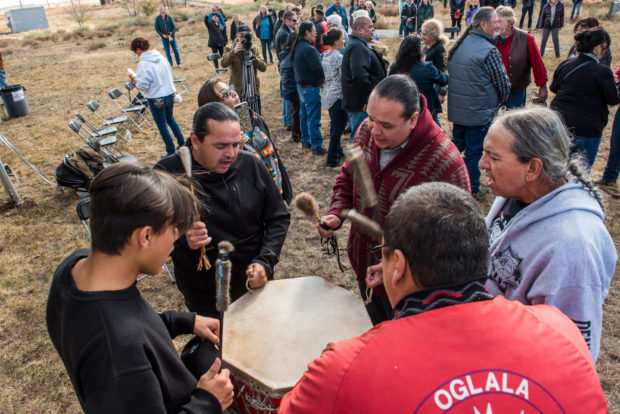
Dozens of buffalo calves were born on tribal lands in 2018, a tribute to the years of work and the partnerships that make buffalo restoration possible. To paraphrase what one speaker concluded, buffalo restoration is one of the few concrete examples of what healing means when it is more than a well-intentioned abstraction.
And, as the following photo sums up, buffalo conservation is about the future.
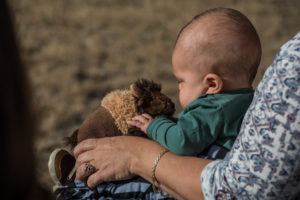
Learn more about National Wildlife Federation’s Tribal Partnerships program and how you can support returning bison to their ancestral habitat on tribal lands by signing our petition or through a symbolic adoption.












